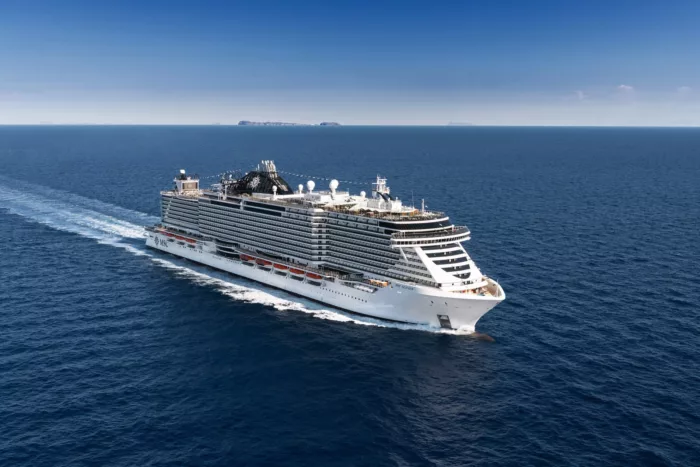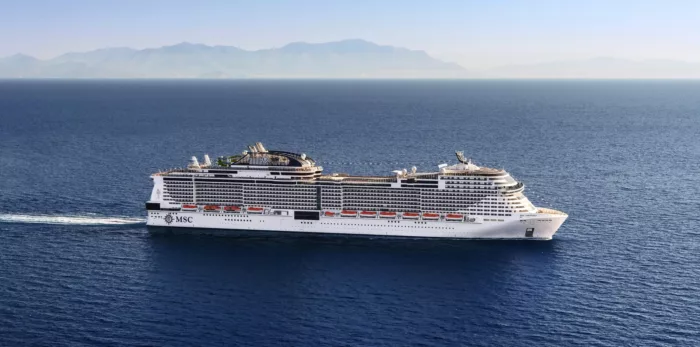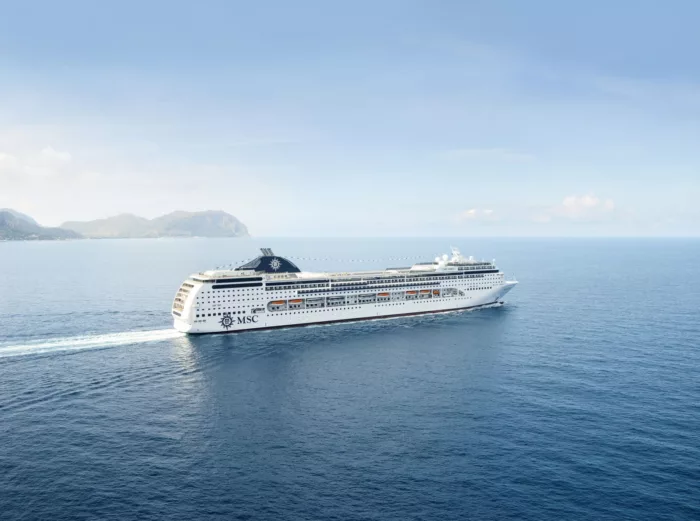
MSC Cruises
MSC Cruises may be headquartered in Switzerland, but the ambience onboard its 23 ships is very much Italian owing to its owners, the Aponte family.
Ships feature a two-storey Mediterranean-style promenade and Instagram-worthy glass staircases filled with Swarovski crystals.
The line’s flagship is the 6,327 passenger MSC Euribia, which is MSC's second ship to run on liquefied natural gas.
5084
Passengers
1513
Crew
2017
Launched
153516t
Tonnage
323m
Length
41m
Width
23kts
Speed
13
Decks
USD
Currency
Cruise Itinerary
Ship Details


MSC Cruises
MSC Seaside
MSC Seaside rewrites the rule book of cruise ship design, combining indoor and outdoor areas to connect you with the sea like never before. Located as low as deck 8 is a unique seafront promenade lined with places to eat, drink, shop, swim and sunbathe. And you can enjoy superb views from the two glass-floored catwalks and panoramic elevators.
Cabins
All Prices


















